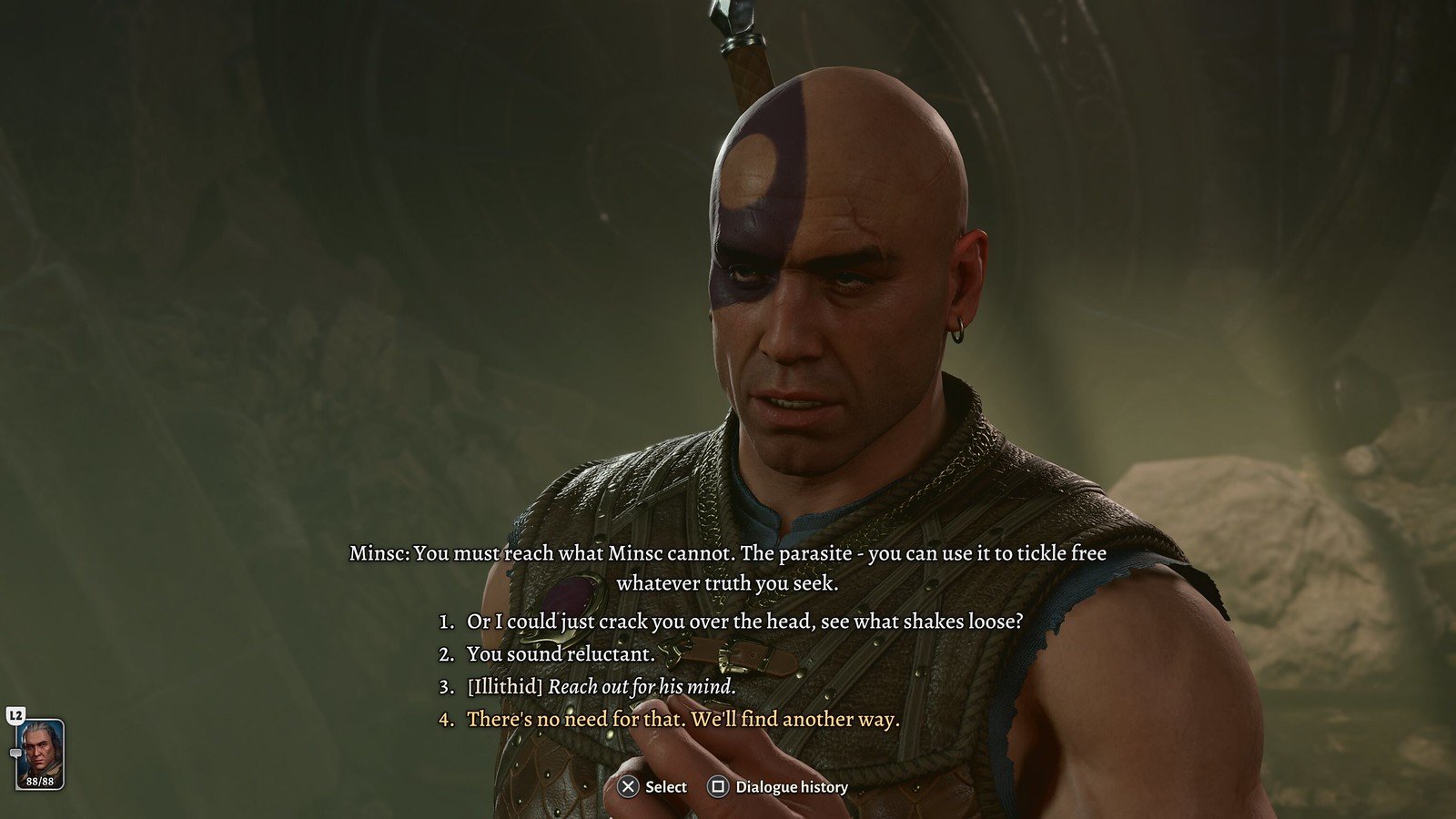LLMs Don't Belong Inside Games... Yet
While AI integration in games is exciting, current LLM implementations miss the mark. Here's why most in-game AI feels gimmicky and what would actually improve the gaming experience.

LLMs Don't Belong Inside Games... Yet
The gaming industry is buzzing with excitement about Large Language Models (LLMs) and their potential to revolutionize interactive entertainment. From AI-powered NPCs to procedural generation, investors and executives are racing to integrate cutting-edge AI directly into their games. But here's the uncomfortable truth: most of these implementations are solving problems that don't actually exist for players.
Limited and Unproven Applications
The most commonly cited use case for in-game LLMs is dynamic NPC dialogue, but this reveals a fundamental misunderstanding of game design. Not every game needs or wants NPCs, and even games that do often benefit more from carefully crafted, intentional dialogue than from AI-generated conversations.
Take Baldur's Gate 3, widely praised for its exceptional writing and character development. Would this game be improved by replacing its meticulously crafted dialogue trees with AI-generated responses? The structured conversation system allows for precise narrative control, character development, and meaningful player choice. Dynamic AI might offer more variety, but it would sacrifice the tight storytelling that makes the game compelling.
Creative Asset Tools: A More Promising Direction
While in-game AI implementations face significant challenges, AI tools for content creation show more promise. However, even here, the reality is more nuanced than the hype suggests. AI can assist with generating initial concepts, textures, or basic models, but professional game art requires a level of precision and creative control that current AI tools simply cannot provide.
Artists need to iterate, refine, and maintain consistent style across thousands of assets in both 2D and 3D. They require precise control over lighting, composition, and technical specifications. Most AI art tools excel at creating impressive one-off pieces but struggle with the systematic, controlled output that game development demands. The result is that while AI might speed up certain parts of the creative process, heavy human involvement remains essential for maintaining quality and artistic vision.
Misaligned Development Cycles
Perhaps one of the most fundamental yet overlooked challenges in AI game integration is the stark mismatch between game development timelines and AI evolution cycles. Major game productions operate on multi-year schedules, with AAA titles typically requiring 3-5 years from initial concept to market release. Core systems and technologies must be locked in during early pre-production phases, often years before launch. Meanwhile, AI technology advances at an unprecedented pace, with new models, capabilities, and architectural breakthroughs emerging every few weeks.
This creates an impossible planning paradox: developers must commit to specific AI implementations early in development, knowing that by the time their game reaches players, those same AI systems will likely be multiple generations behind the cutting edge. A dialogue system built around GPT-4 in 2024 may seem primitive against whatever models dominate in 2027, yet rebuilding core gameplay systems mid-development is both prohibitively expensive and fundamentally at odds with the milestone-driven, structured approach that game production requires.
What Would Actually Help
AI certainly has a place in gaming, but it's more likely to be in behind-the-scenes applications where it excels: reading, organizing, and understanding massive quantities of data. This is where LLMs truly shine - not in generating endless NPC chatter, but in analyzing the millions of player reviews, forum posts, and feedback data that studios struggle to process manually. Rather than guessing what players, developers could leverage AI to understand what players are actually saying about their games across Steam reviews, social media, and community forums. Helping developers to understand demand and market need for their creative vision. This data-driven approach to game development represents a far more practical and valuable application of the technology.
The Path Forward
This isn't to say that AI will never have a place in games. As the technology matures and costs decrease, there may eventually be compelling use cases for in-game AI. But the current rush to implement LLMs feels premature, driven more by industry hype than by genuine player demand or technical readiness.
The most successful games have always been those that focus relentlessly on core gameplay and player satisfaction. Until AI can meaningfully contribute to those fundamental goals rather than serving as an expensive distraction from them, it might be better to leave LLMs out of games.
Tags
Stay Updated with LEYWARE
Get the latest insights on gaming analytics and data science delivered to your inbox.